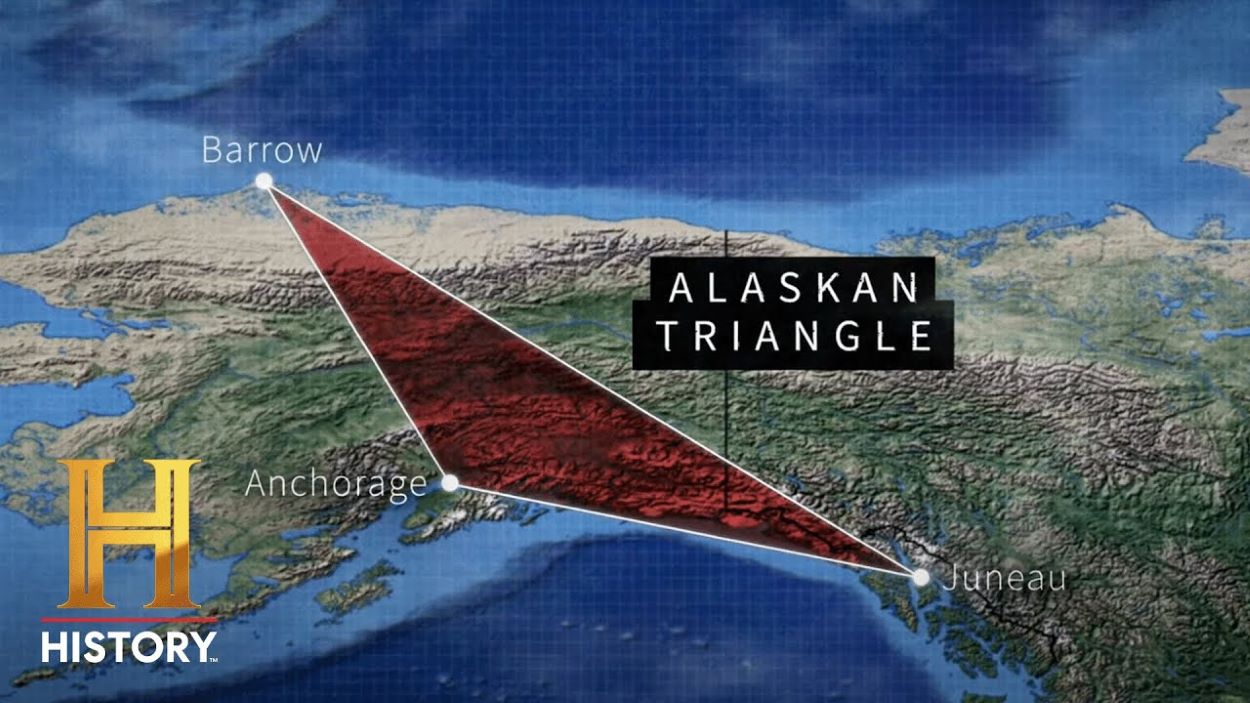The Alaska Triangle gained attention in 1972 when a small plane carrying two US politicians vanished en route from Anchorage to Juneau.
While the Bermuda Triangle is infamous for mysterious disappearances, the Alaska Triangle has more unsolved missing person cases than any other area in the world. Defined by points at Anchorage, Juneau, and Utqiagvik, the triangle has seen over 20,000 people vanish without explanation.
The Alaska Triangle’s notoriety began in October 1972 when US House Majority Leader Thomas Hale Boggs Sr., Alaska Congressman Nick Begich, Begich’s aide Russell Brown, and pilot Don Jonz disappeared during a flight from Anchorage to Juneau. Despite an extensive search, neither the plane nor the bodies were ever found. This incident sparked conspiracy theories, particularly as Mr. Boggs, a Warren Commission member investigating JFK’s assassination, reportedly disagreed with the commission’s findings.
Another notable case involves 25-year-old New Yorker Gary Frank Sotherden, who went hunting in the Alaskan wilderness in the 1970s and never returned. In 1997, a skull found near the Porcupine River was identified as his in 2022, suggesting a bear likely mauled him.
Various theories attempt to explain the disappearances in the Alaska Triangle. Some believe unusual magnetic activity or extraterrestrial visits could be factors. Others argue that the vast wilderness, harsh weather, and natural dangers like bears make it easy for people to get lost and never be found.
Like the Bermuda Triangle, the Alaska Triangle remains a mystery. It is filled with rugged mountains, untouched wilderness, and unforgiving cold, and despite many efforts to understand it, the area’s secrets may never be fully revealed.






